Fitbit has a wide range of fitness trackers and smartwatches to suit different types of people and purposes. One of the most interesting the company launched back in 2016 was the Fitbit Blaze, which was designed to be a hybrid between a smartwatch and a fitness tracker. It offers all of the functionality of a fitness tracker but with a larger screen and access to limited smartwatch capabilities so that it isn't quite a full-on smartwatch.
Should you buy one in 2020? It really doesn't make sense. Fitbit has come out with so many other devices over the last four years, many of which have more features and are offered for a similar price or just slightly more. If you don't need the best of the best and the newest of the newest, a great alternative to the Fitbit Blaze is the first-generation Fitbit Versa, the device that effectively replaced it.
Why shouldn't you get a Fitbit Blaze?
The Fitbit Blaze is kind of clunky
Let's not mince words: the Fitbit Blaze isn't exactly the nicest-looking smartwatch Fitbit has released. The Fitbit Versa employs a much nicer design than the Fitbit Blaze with a sleek face and rounded edges. By contrast, the Fitbit Blaze looks kind of clunky. It has a large square face with a hexagonal bezel around the actual screen portion that doesn't really make great design sense. The actual screen is super small inside of the large face that it pops into.
No access to apps
While the Fitbit Blaze has a large screen like other smartwatches, you can't really use it to do as much. It only displays basic fitness stats and details like the time, heart rate, and more. Newer, more feature-rich devices like the Fitbit Versa allow access to apps right from your wrist as well, like Starbucks, Deezer, news, and more. There's even a calculator app, Uber, flashlight – you name it!
It has limited alerts
You can receive text message and phone call alerts on the Fitbit Blaze as well as calendar notifications, but you can't see alerts from social media sites like Facebook or apps like WhatsApp. You can not only see notifications from social media sites as well on the face of the Fitbit Versa, but you can also use Quick Replies with compatible Android devices. With the tap of a button, you can send a short preset message in response to someone, advising them that you can't talk right now, for example, or that you will call them later.
You can't wear it in water
The Fitbit Blaze is splashproof and sweatproof, but it isn't totally swim-proof like the Fitbit Versa, which you can not only wear while swimming but you can also track swimming as a specific exercise. Plus, you don't have to worry about taking it off in the shower or while you wash dishes either.
It's generally outdated
Even though the Fitbit Versa launched in 2018, it is still far more recent an option than the Blaze that came out way back in 2016. Four years in tech years is a lot, and while plenty of innovation with smartwatches come through the app dashboard and remote updates, you can't update the design. The Blaze employs an outdated design and represents a hybrid category that we don't really need. Smartwatches these days, like the Versa, can do pretty much everything a dedicated fitness tracker can do and are as sleek on the wrist.
Why the Fitbit Versa is a better option
Sure, both the Fitbit Blaze and Fitbit Versa share a lot in common in terms of accessing the same standard Fitbit app and dashboard with activity details like steps, calories burned, active minutes, and floors climbed along with 24/7 continuous heart rate monitoring (including resting heart rate), detailed sleep tracking, and more integration through third-party apps. But it's the actual watch itself that is worth the switch.
As noted, the Versa looks so much nicer. It's only 11.2mm thin and is ultra-lightweight with a bright 300 x 300 pixel hi-res touchscreen. The Blaze's square screen is a colour LCD, but it isn't as vibrant.
The one area where the Blaze does beat the Versa is in battery life – it can last for up to five days whereas the Versa can only last for about four.
There are additional advantages with the Versa, like Quick Replies with Android devices, on-device music (you can control music from the Blaze as well, from Spotify, Apple Music, and your phone's built-in music player but you can't store and/or play it directly from the watch connected to wireless headphones), and Fitbit Pay (with the Special Edition model only). And let's not forget about the swim-proof design.
Upgrade to the Fitbit Versa 2
Go all out instead and opt for the brand new Fitbit Versa 2 instead, the step-up model from the original Versa that adds features like Alexa voice control and a built-in microphone, Fitbit Pay on all models, longer battery life at up to five days, and an always-on display.
The Versa 2 looks almost identical to the Versa but for the elimination of two side buttons (it only has one left-side button and everything else is controlled by touch) and no Fitbit logo at the bottom edge of the bezel for an even cleaner look.
One other noticeable upgrade, however, is in the AMOLED screen versus LCD that comes in really handy when doing things like using Fitbit Coach for daily workouts. Otherwise, they both share pretty much all of the same features. So it's a matter of whether these minor differences are worth it to you and how tight of a budget you're on.
A worthy fitness companion
Fitbit Versa
$170 at Best Buy $169 at Walmart
Nicer design, more features
With a nicer, sleeker face with rounded edges, access to apps, and swimproof design, this is a much better smartwatch to consider.
Small but significant upgrades
Fitbit Versa 2
$200 at Best Buy $199 at Walmart
Voice control, gorgeous screen
The vibrant AMOLED screen, Alexa voice control, and Fitbit Pay might be worth the extra bucks to spring for this newest model.
from Android Central - Android Forums, News, Reviews, Help and Android Wallpapers https://ift.tt/2A63JIe
via IFTTT

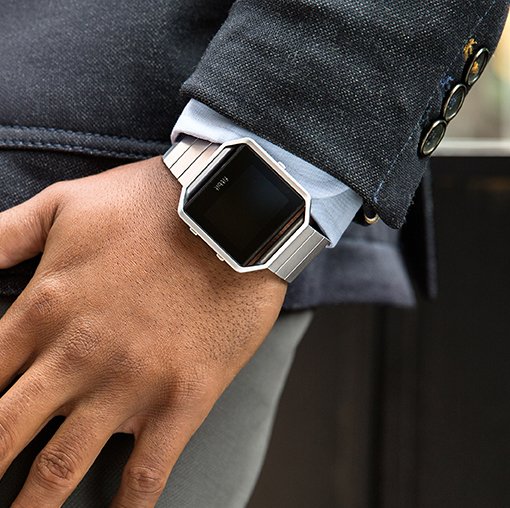
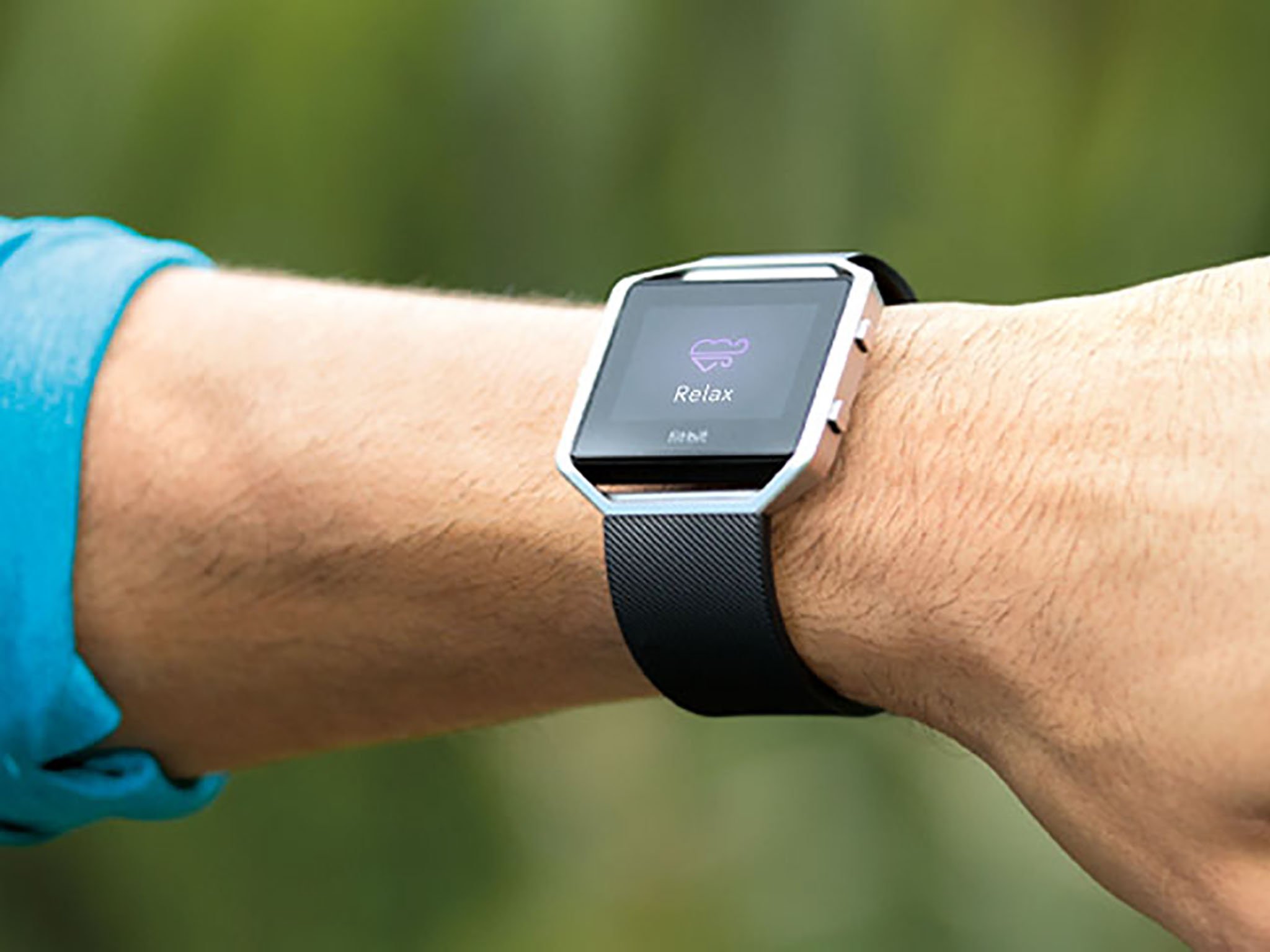
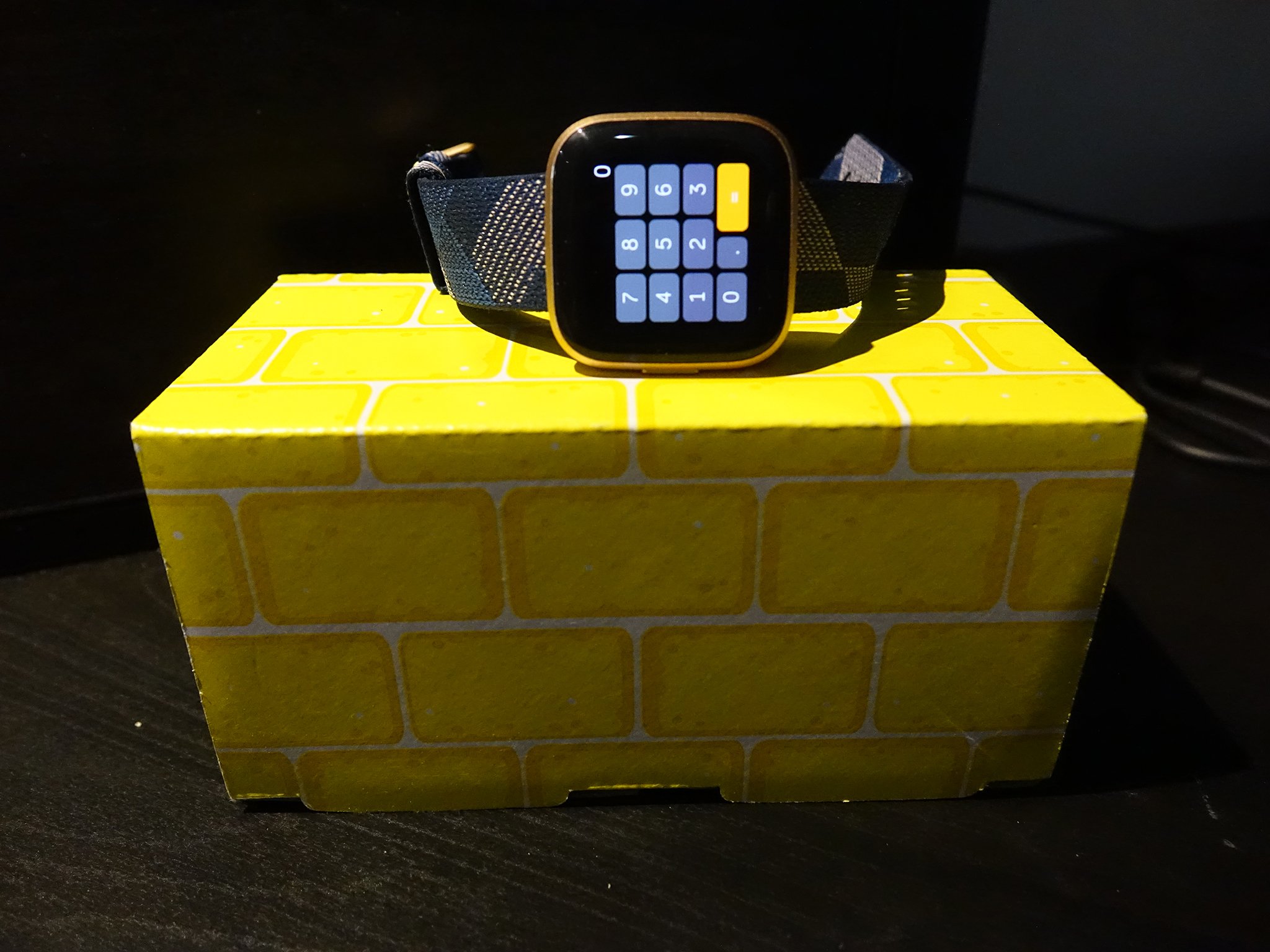
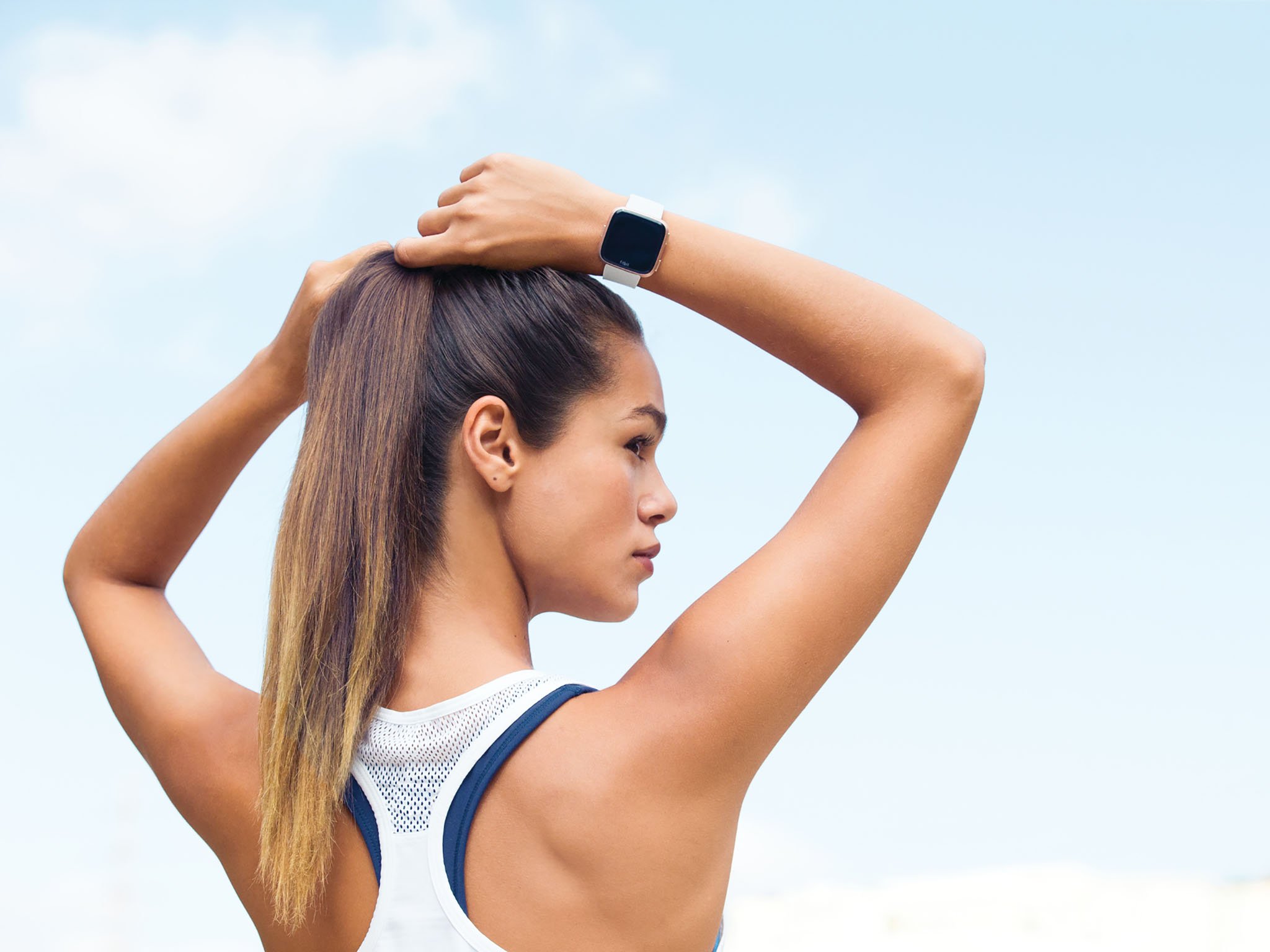
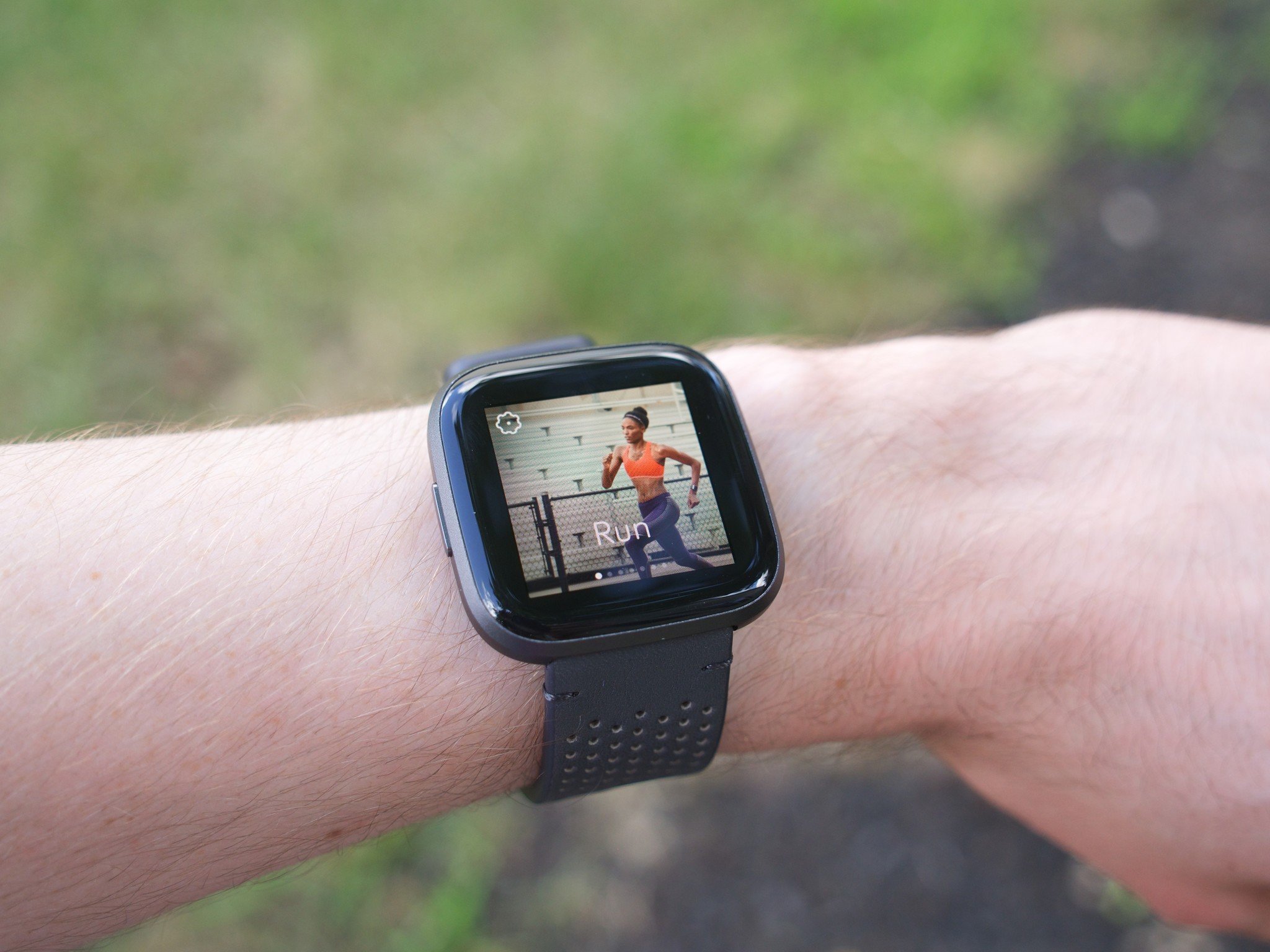
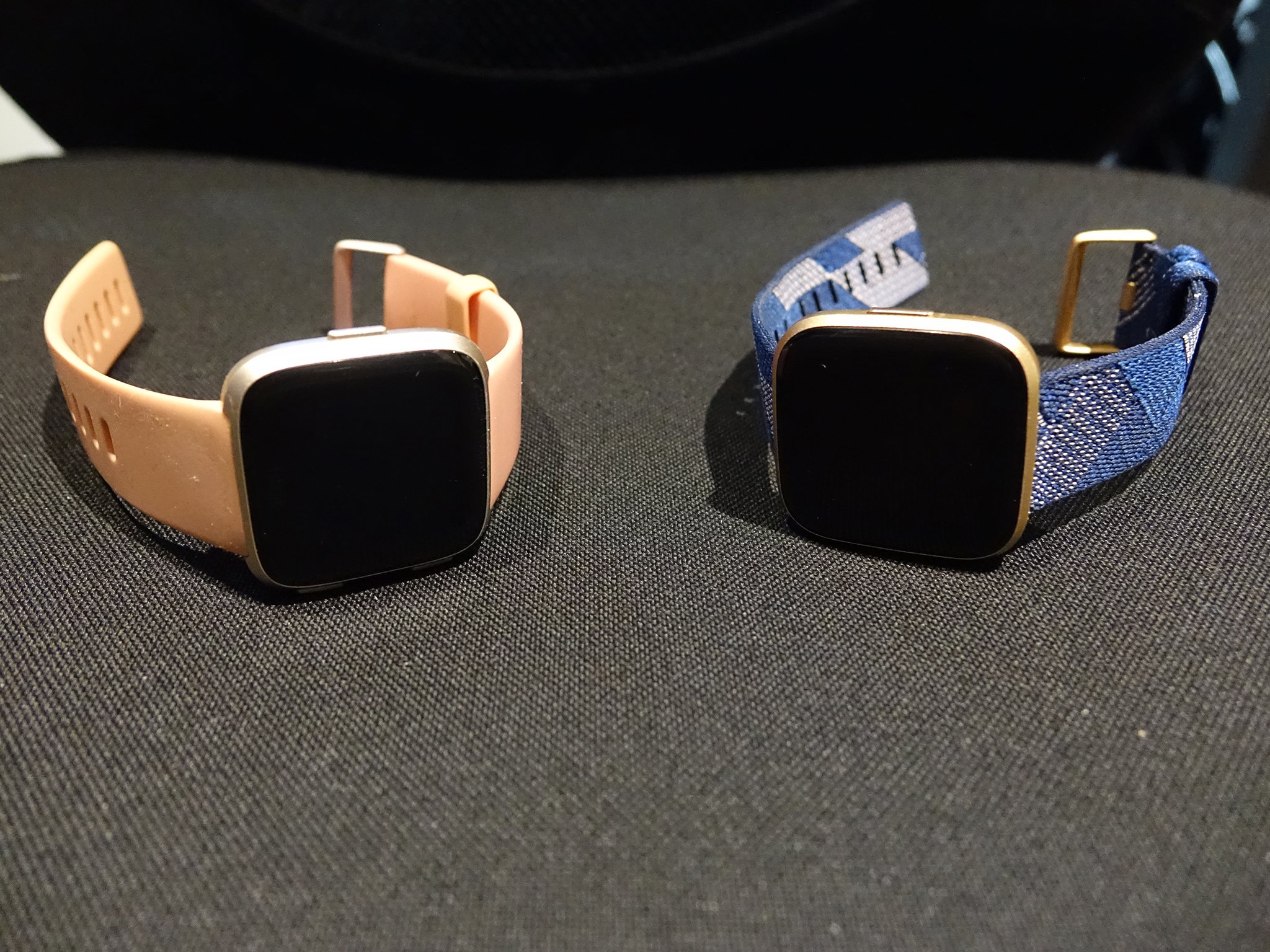


Aucun commentaire:
Enregistrer un commentaire